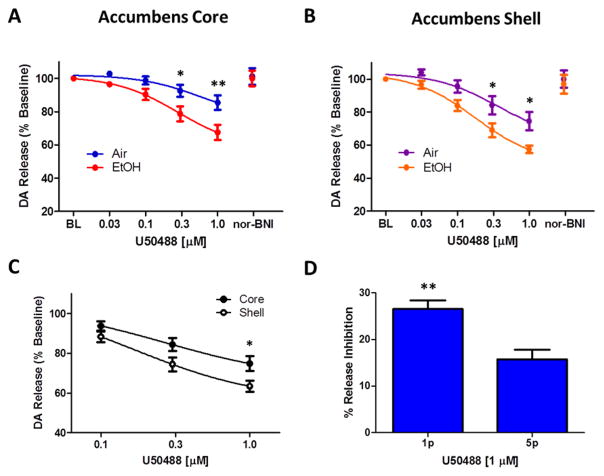Figure 6. Chronic ethanol exposure increases kappa opioid receptor function in the nucleus accumbens core and shell.
The kappa opioid receptor agonist U50,488 decreases stimulated dopamine release in a dose dependent manner (0.03–1.0 μM), presented as the percent inhibition from baseline (BL) stimulated release; and this effect is reversed upon wash with the kappa opioid receptor antagonist nor-BNI (30 μM). A. In the nucleus accumbens core, chronic ethanol exposure (red) resulted in increased sensitivity to U50,488 compared to air-treated controls (blue). B. In the nucleus accumbens shell, chronic ethanol exposure (orange) resulted in increased sensitivity to U50,488 compared to air-treated controls (purple). C. The nucleus accumbens shell (open circle) is more sensitive to U50,488 than the accumbens core (closed circle). D. In the nucleus accumbens core of naïve animals, U50,488 (1 μM) inhibits single pulse light stimulated dopamine release significantly more than 5 pulse phasic stimulated release. *p < 0.05, **p<0.01, Air = air treated group, EtOH = CIE treated group.

